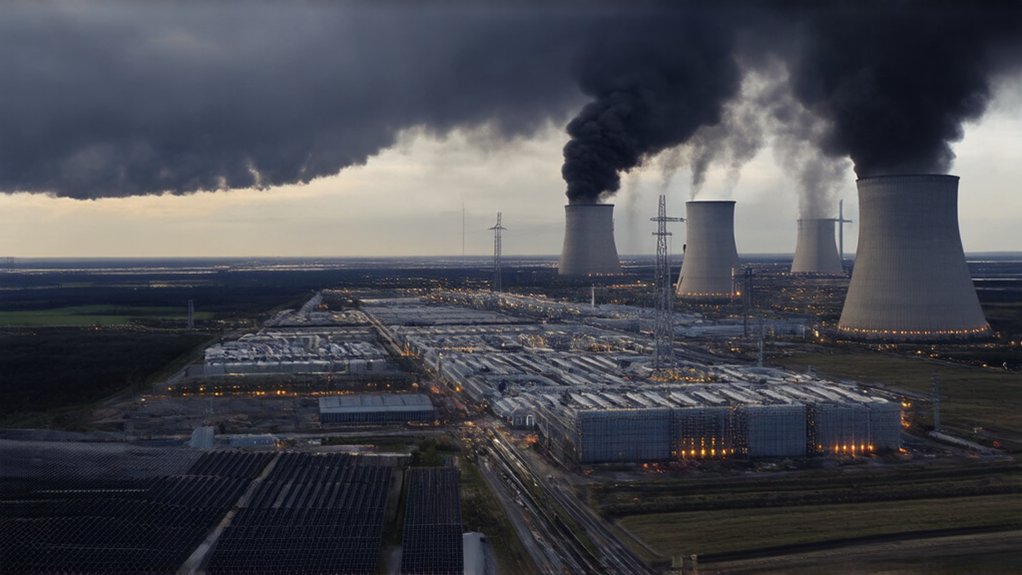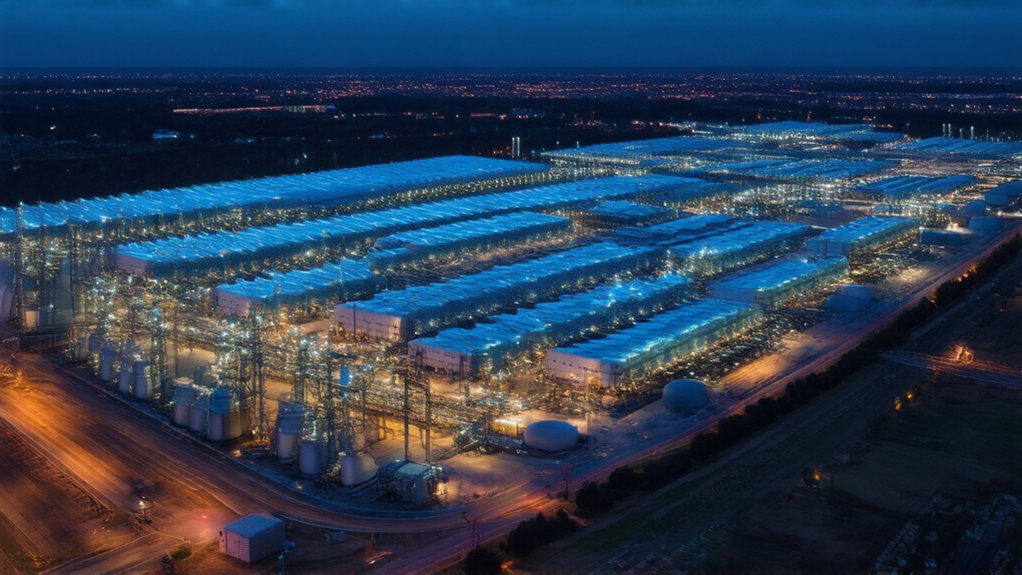While technology often promises a gleaming future of convenience and innovation, the reality of AI’s expanding energy appetite is far less shiny. Those slick AI systems we’re all excited about? They’re power-hungry monsters. AI’s electricity consumption is projected to reach a staggering 14 to 18.7 gigawatts by 2028. That’s not just a little uptick—it’s a surge that’s making utility companies sweat.
AI’s energy appetite isn’t just growing—it’s devouring our future with every glossy promise it makes.
Your simple Google search seems innocent enough. But swap that for a ChatGPT conversation and you’ve just multiplied the energy use by 10. Yeah, really. The math isn’t pretty. Data centers already gulp down about 1% of global electricity, and AI is chugging more by the minute. NVIDIA’s AI servers alone could devour between 85 and 134 TWh annually by 2027. For perspective, that’s enough to power millions of homes.
The stakes are getting higher. Tech giants made grand sustainability promises, but their AI ambitions are bulldozing right over those green pledges. Profit first, planet later—the classic corporate shuffle. By 2035, data centers could represent up to 25% of load growth in the US electrical grid. Their economic output is significant, sure—about 5 to 15%—but at what cost? Microsoft is already reconsidering its climate goals as the AI sector’s profitability drives energy-intensive expansion.
Water usage adds another layer to this environmental mess. These massive computing facilities need cooling, and that means water. Lots of it. Meanwhile, efficiency gains in computing have stalled, making the energy problem worse, not better. What used to be a training-heavy process has shifted dramatically, with the inference phase now dominating 60-70% of all AI energy consumption as more people actively use these systems.
The irony? AI might help solve climate challenges while simultaneously contributing to them. Emissions are climbing. Air quality suffers. Water resources strain. It’s a perfect storm of environmental impact.
Some companies are finally waking up to the problem, pushing for more renewable energy integration and efficient hardware. But the clock is ticking. AI’s rapid growth has outpaced our ability to manage its environmental footprint. The question isn’t whether AI will transform our world—it’s whether we’ll have enough resources left to enjoy it.




